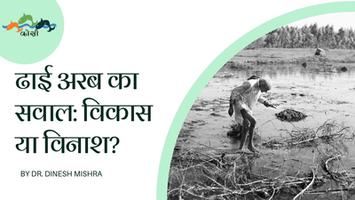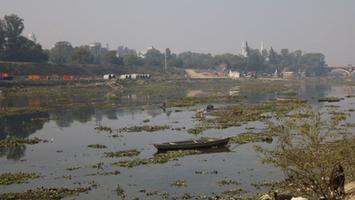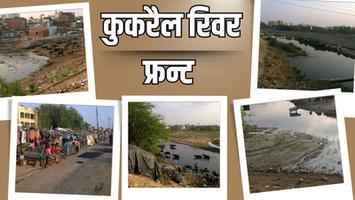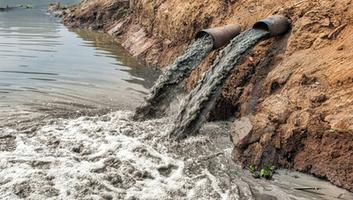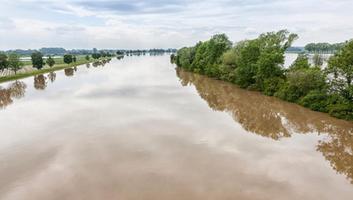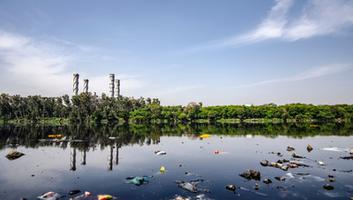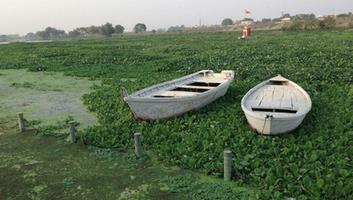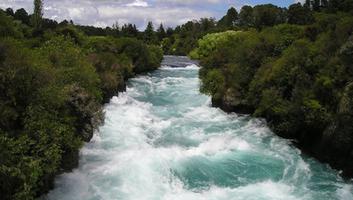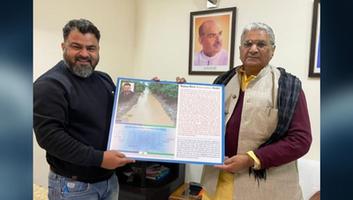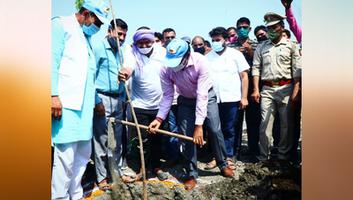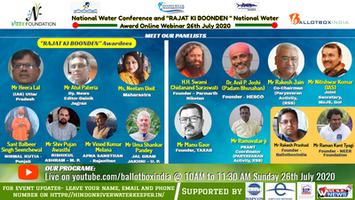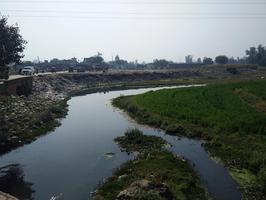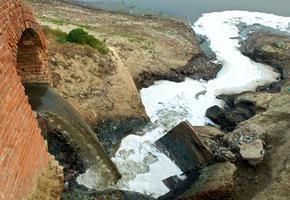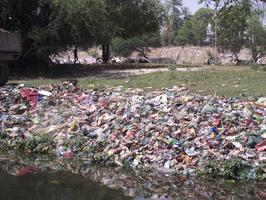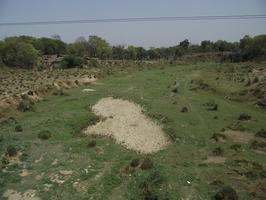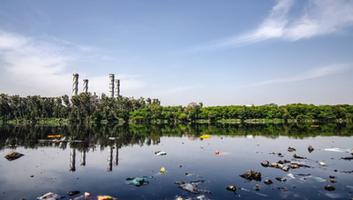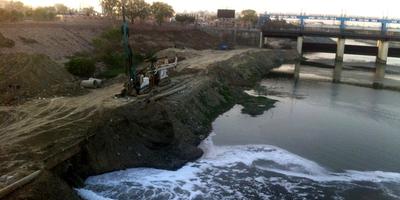Reviving Ancient Wisdom: Modernizing Traditional Water Systems with AI
- By
- Gitanjali Maggo
- June-03-2025
India boasts a rich heritage of traditional water management systems, developed over centuries to cope with the country's diverse climatic conditions and geographical variations. Structures like stepwells (baolis), tanks (kunds, eris), check dams (johads), and sophisticated canal systems represent ingenious engineering feats and deep ecological understanding. These systems were often community-managed and formed the backbone of local water security for generations. However, many have fallen into disrepair due to neglect, changing socio-economic conditions, and the rise of centralized, modern water infrastructure.
At Pani Ki Kahani, we believe that reviving these traditional systems is crucial for building water resilience, especially in the face of climate change. But revival doesn't mean simply restoring old structures. It means integrating the wisdom embedded in these systems with the power of modern technology, particularly Artificial Intelligence (AI), to enhance their efficiency, sustainability, and relevance for contemporary challenges.
The Enduring Wisdom of Traditional Systems
Traditional water harvesting and management systems offer valuable lessons:
- Rainwater Harvesting: Techniques like rooftop harvesting and capturing runoff in tanks and ponds maximized the use of seasonal rainfall.
- Groundwater Recharge: Structures like stepwells and percolation tanks were designed not just for storage but also to actively recharge groundwater aquifers.
- Decentralization: Water management was often localized, fostering community ownership and adaptation to local conditions.
- Ecological Integration: Systems were often designed in harmony with local ecosystems, considering topography, soil types, and vegetation.
- Water Conservation Ethos: Traditional practices were often embedded in cultural and religious norms that promoted respect for water and discouraged wastage.
However, these systems also face limitations in the modern context, such as susceptibility to pollution, difficulties in managing larger catchment areas, and challenges in meeting the demands of increased population density and modern agriculture.
How AI Can Enhance Traditional Water Systems
AI offers powerful tools to overcome the limitations of traditional systems and amplify their benefits:
1. Optimal Site Selection and Design Enhancement
AI algorithms can analyze topographical data, soil maps, rainfall patterns, geological surveys, and land use information to identify the most effective locations for restoring old structures or building new ones inspired by traditional designs. AI can also simulate different design variations (e.g., size, shape, orientation of a check dam or tank) to optimize water capture, storage, and groundwater recharge potential based on local conditions.
2. Smart Monitoring and Maintenance
Deploying low-cost sensors (measuring water level, flow rate, turbidity, basic chemical parameters) within traditional structures and connecting them to an AI platform allows for:
- Real-time Performance Tracking: Monitoring how much water is being harvested, stored, and recharged into the groundwater.
- Predictive Maintenance: AI can analyze sensor data and historical patterns to predict potential structural issues (e.g., siltation, leaks, embankment weakness) before they become critical, enabling proactive maintenance.
- Water Quality Alerts: Detecting sudden changes in water quality that might indicate contamination, allowing for timely intervention.
3. Integrated Water Resource Management
AI can help integrate traditional systems into the broader water management landscape:
- Optimizing Conjunctive Use: AI models can analyze data from both traditional surface water structures and modern groundwater wells to recommend optimal strategies for using both sources sustainably (conjunctive use), ensuring neither is over-exploited.
- Network Optimization: For systems involving multiple interconnected tanks or check dams, AI can simulate water flow and optimize gate operations or diversion strategies to maximize water retention across the network, especially during periods of low rainfall.
- Impact Assessment: AI can model the collective impact of numerous small, decentralized traditional structures on regional groundwater levels and downstream flows, providing valuable data for basin-level planning.
4. Community Engagement and Decision Support
AI-driven platforms can process complex data and present it in user-friendly formats (dashboards, mobile apps) for local communities managing traditional systems. This empowers them with:
- Better Information: Clear visualization of current water levels, storage capacity, recharge rates, and water quality.
- Decision Support: AI can provide recommendations on optimal water allocation for different uses (drinking, irrigation, livestock) based on current storage and predicted inflows, helping communities manage resources equitably.
- Knowledge Sharing: Platforms can facilitate the sharing of best practices and performance data between different communities managing similar traditional systems.
Pani Ki Kahani's Approach: The SMART Pani Initiative
Our flagship initiative, SMART Pani (Sustainable Management and Revival of Traditional water systems using AI), embodies this integrated approach. We work with communities to:
- Identify and Map: Use GIS and historical records to identify and map existing traditional water structures.
- Assess and Prioritize: Employ AI-driven analysis of hydrological and socio-economic data to prioritize structures for revival based on potential impact and community needs.
- Restore and Enhance: Physically restore structures while integrating low-cost sensors and monitoring technology.
- Monitor and Manage: Implement AI platforms for real-time monitoring, predictive maintenance, and community decision support.
- Train and Empower: Build local capacity to manage and maintain the enhanced traditional systems.
"We must blend the wisdom of the past with the tools of the future to secure our water heritage."
Early results from our SMART Pani pilot projects show significant improvements in water storage capacity, groundwater recharge rates, and community engagement compared to traditional restoration efforts alone. By thoughtfully combining ancient wisdom with modern intelligence, we are demonstrating a powerful model for sustainable and resilient water management in India.
Reviving traditional water systems is not about turning back the clock; it's about learning from the past and using the best available tools, including AI, to adapt that wisdom for a sustainable future. It represents a fusion of heritage and innovation, offering a path towards water security that is both technologically advanced and deeply rooted in local context and community participation.











